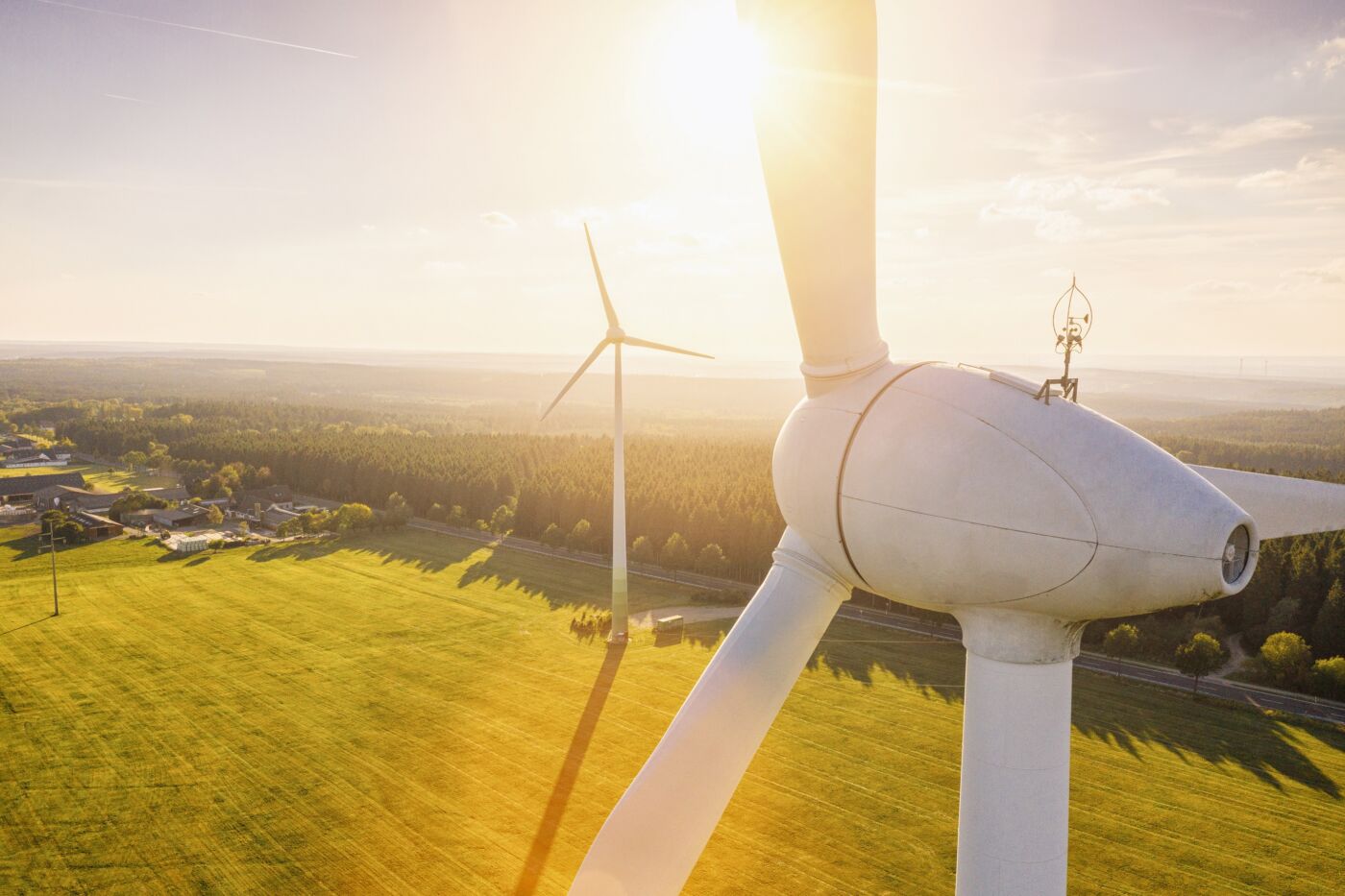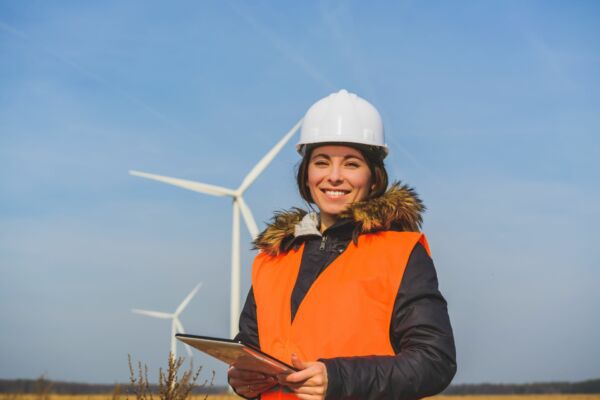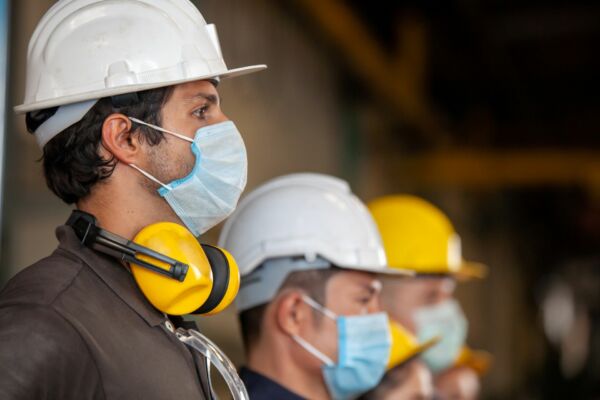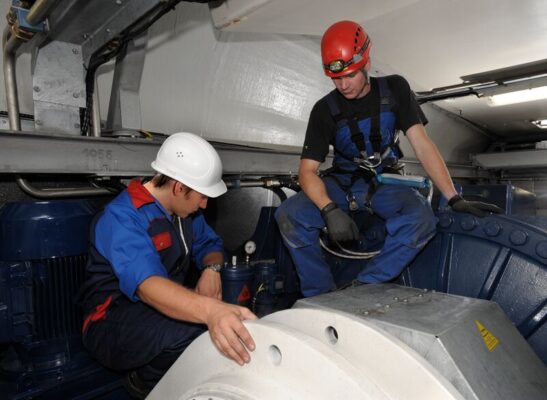It’s not only the event and tourism industries suffering from the new normal of COVID-19. Companies from all sectors face new challenges from stricter hygiene and social distancing rules, reduced in-person interactions, travel restrictions, and continued uncertainty. This new, contact-restricted economy is called the low touch economy.
Consequences for the wind industry
The winds of change brought about by the low touch economy are already being felt. In addition to the event cancellations, closed borders have been particularly difficult for the wind industry. This is because operators often need parts like turbines, blades, shafts, lubrication, and electronic controllers from other countries. These vital parts are crucial to the construction and maintenance of wind farms. Due to recurring border closures, however, shipping is complicated and in some cases the parts cannot be delivered at all. As in other industries, medium-sized companies suffer from this in particular, as they do not have the means to cope with long production or construction stoppages.
In addition to the consequences for the supply chain, personnel have also been affected, as wind turbines require constant monitoring and inspection. At the moment, this work can only be carried out to a limited extent, as distance and hygiene rules must be observed. Even skilled personnel from areas abroad can only be sent occasionally due to recurring travel restrictions in many countries. This is where technical solutions that do not rely on human contact, such as condition monitoring or automatic lubrication systems, can help. Predictive maintenance systems that constantly record relevant values in order to predict any maintenance or possible malfunctions are also important in this context. All of these technologies can reduce the need for humans to travel into the field.
The industry shows staying power
Remarkably, the wind industry seems resilient enough to weather the storm. Take the UK, for example – they saw a significant increase in renewable energy during the 2009 global financial crisis and now history is repeating itself. This is because many people only realize the value of renewable energy in times of crisis.
COVID-19 will not disappear so quickly. And the consequences of the pandemic will continue to affect not only the new low touch economy and society but also the wind industry for a long time to come. The crisis offers the chance for a change in mentality away from environmentally damaging, global supply chains, and towards more green jobs at home.



